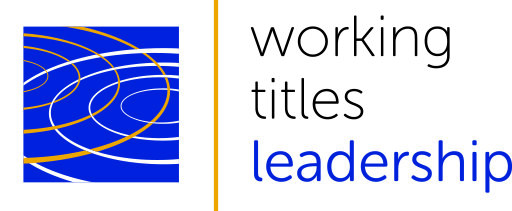The Still Life
By Carolyn Mumby
I was never particularly interested in the Still Life. In some state of ignorance I would pass by these pictures in galleries; I think with the assumption that they offered little human connection, no stirring landscapes or intriguing abstract ideas. When I began to learn the very rudiments of basic painting, I started to learn to look differently. I began to see the assembling, the curating of the materials, the luminosity of a lemon, the reflective sheen on a vase, and the colour of a shadow. Life in the still life.
Cezanne’s focus on painting the same objects repeatedly – apples and pears, a ginger jar, sugar bowl, bottles and water jug and a draped and folded patterned blue fabric, encourages us to look again. There is a sense of movement in the somewhat tipped angle of the fruit – a sense of the plane moving. There is movement and complexity to be found in what is still.
As a result of a visit to the Cezanne exhibition I picked up a book in which Wim Wenders wrote about the painter Andrew Wyeth:
We’ve unlearned that complexity in seeing
which is mostly an act of first sight for us…
Wyeth reveals to us a second and third sight.
He says ‘Look at all the responsibility
that is involved in the act of seeing.
Look at the pleasures of digging deeper.
Look at the rewards of putting yourself into the very ‘presence’ of a person, or a thing,
or a landscape.
Let the glance out of the corner of your eye
lead you to really look and recognise
and see each other, the world and its radiance,
with more durability
with more sincerity,
with more pleasure,
and with more communion taking place’
There is no better teacher
than a painter for the act of seeing……
As I contemplate and move into my own Third Act of life I find that I want to take time to look, to see the tones and colours, the light and shade, the texture. To choose how I want to assemble the different parts, to create a frame that enables me to look and absorb and find the depths and dynamism in the ordinary. To see and be seen as honestly as I can. This kind of stillness informs our work in the Thinking Environment, creating space and ease for people to take the time to think for and as themselves, and this quiet, this stillness can lead to startling breakthroughs in thought and action. It also forms part of our thinking about the Third Act. What is potentially different about this phase of life that will enable us to see and connect with more luminosity and depth?
